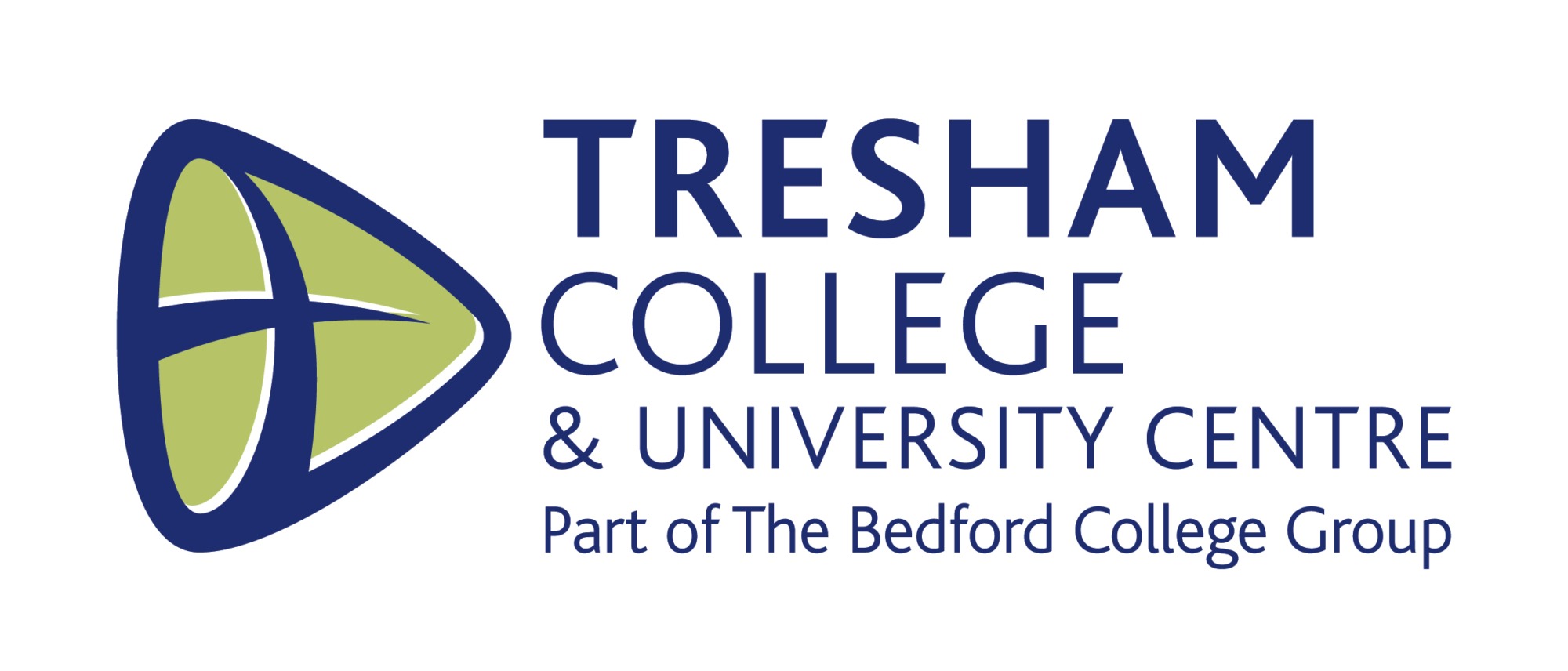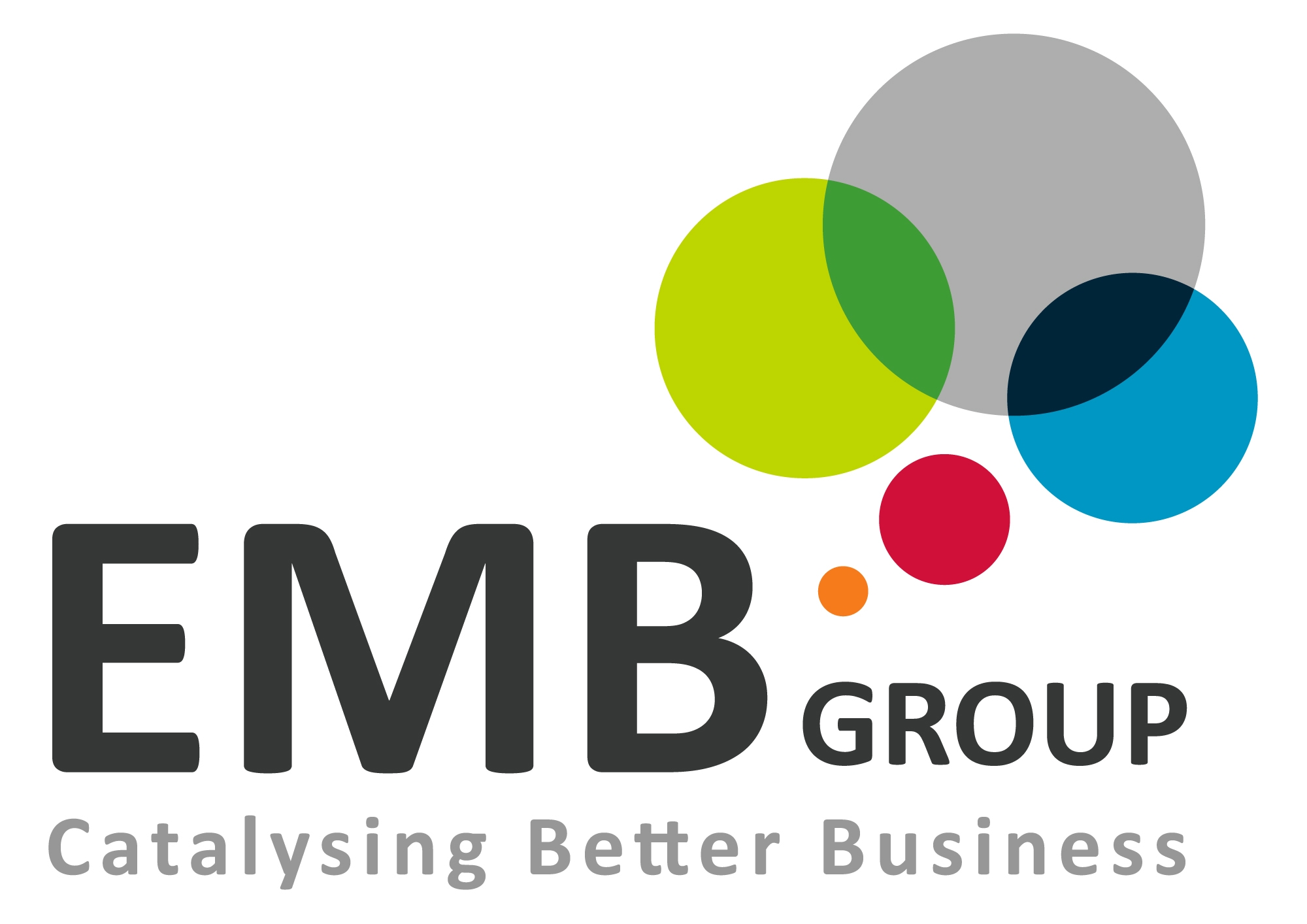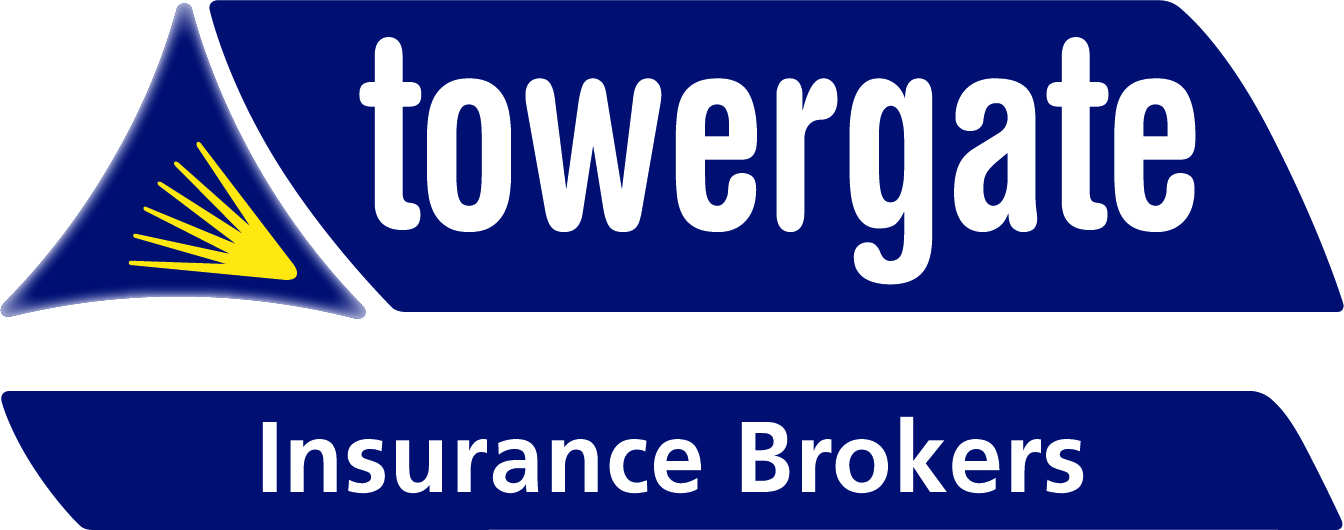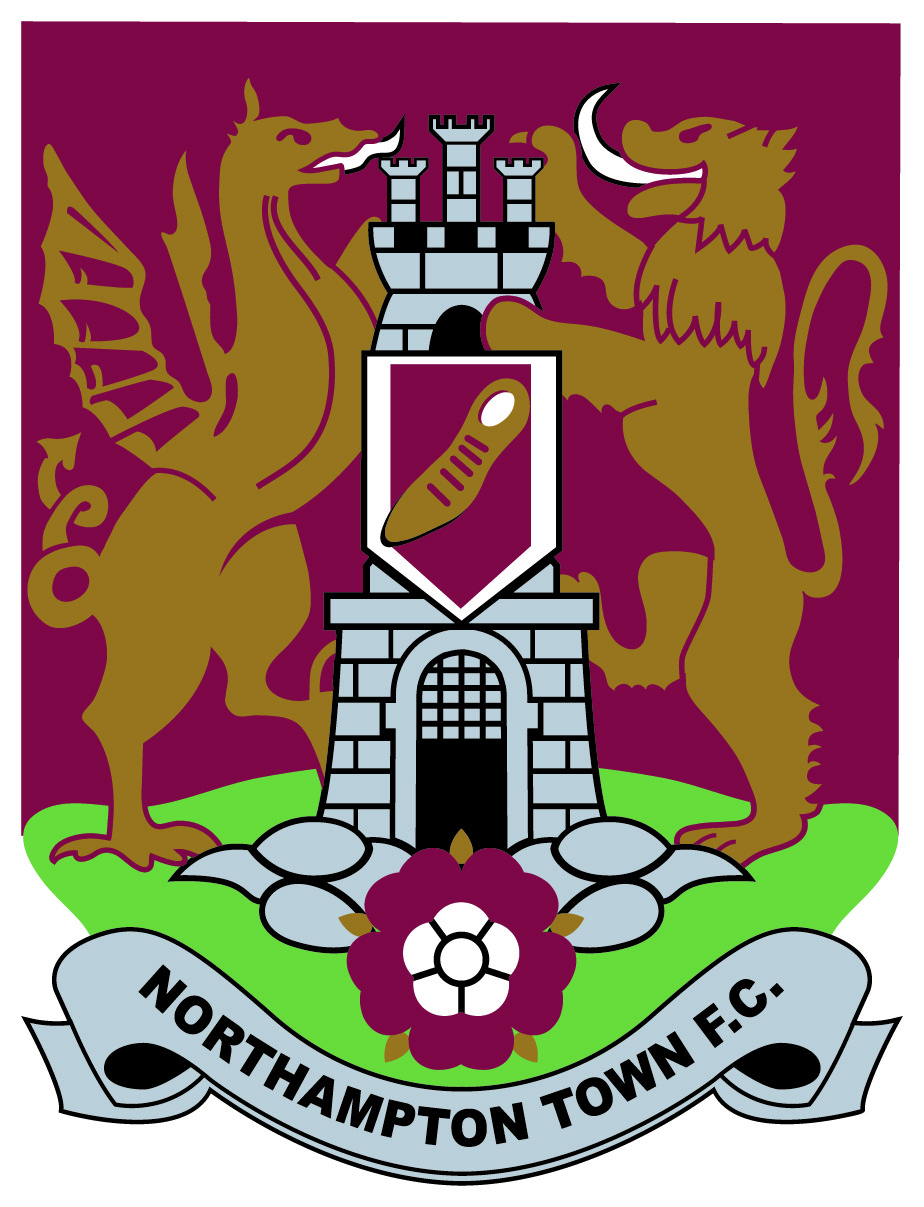

Revitalising Staff Networks: Five Strategies for HR Leaders
This year I’m challenging readers to recognise their greatest asset – the employees who go above and beyond to make their organisations better places to work. I’m referring, of course, to staff networks.
Whether you call them Employee Resource Groups (ERGs), Employee Forums, or Workplace Alliances, staff networks are one of the most effective tools your organisation has for:
- generating ideas and getting feedback
- providing safe spaces for people
- developing visible role models
- delivering and implementing EDI agenda items
- recognising and celebrating diversity
- helping to create an inclusive culture where people feel they belong
But they’re not without risk. Risk that, if not managed, can result in damage to your work and the organisation.
Two of those risks are opposite ends of the spectrum. Firstly, it’s possible for employee networks to dominate informal power dynamics, cutting out official chains of authority and proper procedures and structures. Indeed, whilst this can be an advantage, cutting through needless bureaucracy to achieve goals and change quickly, it can also represent a threat to processes that exist for very good reasons.
Secondly, and in contrast, and as is more commonly the case, employee networks can be seen by senior leaders as simply collections of staff members that can be used as on-demand sounding boards. This eliminates any of the advantages of staff networks listed earlier.
In fact, the most successful groups sit between these two extremes. They are given agency to set and work on their own agendas, but within a framework that ensures accountability and alignment with other business priorities.
But how does one reach this sweet spot? If your employee networks seem a little lacklustre, or you just want to revitalise your group’s members and add some spark to your ERGs, read on.
PROFESSIONALISE GROUP MANAGEMENT
Involvement with networks is very similar to non-profit volunteering. Members are taking on additional unpaid roles to help improve the organisation. However, whilst most organisations are thrilled that members are doing ‘free’ work, forward-thinking employers recognise that the best way to retain and grow the value of staff networks is to see administrative staff network positions as key drivers of growth, retention, and ideas.
These organisations recognise that the best way to maximise the value of networks is to professionalise their structures, ensuring that those driving the agenda forward are compensated and supported fairly.
Paying fairly for roles (including guaranteed time allowed during working hours) and responsibility is often an excellent way to identify and upskill emerging talent, whilst also discouraging senior figures from taking leadership roles in the network; these individuals are better utilised as ambassadors and advisors, as a leadership role in a network could inhibit their ability to make challenges or discourage junior employees from raising their voices. It also helps create boundaries between ‘network work’ and the day job.
Recruitment and selection for group roles can be a tricky subject. Groups and their members will be understandably resistant to ‘corporate’ imposing their own candidates in these roles. But organisations aren’t democracies, and HR has a responsibility to ensure paid roles are being filled by the right candidates.
There is, of course, an easy way to solve this problem that I have seen used effectively in organisations with outstanding networks. That is for group members to nominate and vote for candidates to form the shortlist, with HR interviewing and appointing the best candidates.
As HR professionals, we wouldn’t create any other role without identifying training and development needs. However, precisely because we aren’t professionalising them, these sort of voluntary or extra-curricular workplace roles often slip through the net. Running a successful employee network requires a skill set likely to be unique in the organisation, and only by supporting and upskilling role holders will you be able to get the most out of your networks.
GIVE NETWORKS AGENCY
People thrive with boundaries – hence why firms offering unlimited annual leave usually see employees take less than they would if given an allowance. The same applies for staff networks. Without clear limits, networks are more likely to err on the side of caution, avoiding the risk of pushing too far.
Agreeing scope and limits with the network’s executive gives them a boundary and a target. The answer to ‘can we do this?’ changes from ‘we’ll check’ to a straight yes or no. It empowers network reps to crack on with activity within the remit of its powers without having to request authorisation. Giving networks agency in this way is a fantastic way to turn a network from a talking house to an ideas factory. It also gives members the opportunity to take on projects and tasks that help them upskill and build experience that may not be otherwise available – especially for members of under-represented groups.
ASSIGN BUDGET
We don’t expect any other business unit to create outcomes from thin air, and we shouldn’t expect networks to deliver the world for free, or worse, go through some sort of internal tendering process every time they need to spend money.
As with giving networks agency, this allows members to develop and evidence skills they’d not be able to in their normal role, as well as giving networks freedom to deliver projects and initiatives in their own way.
INTER-NETWORK COLLABORATION
Teamwork makes the dream work, and when multiple networks collaborate to deliver an initiative, the results can be unprecedented. Often networks can be working on similar projects, and the risk of silo behaviour can be high. Prevent this by having a single point of contact for all networks within the HR team, who can identify opportunities for link-up. Another great way to energise collaboration between networks is to create ambassador roles for employees who are members of more than one network, who can take responsibility for sharing information and ideas.
EXTERNAL ENGAGEMENT
By taking on responsibility in a staff network, members have already identified themselves as being passionate advocates and ambassadors for the organisation. Rather than sit back and complain, or quietly quit, they’ve volunteered to help it change.
These employees are exactly who you should be recruiting for engagement activities. They can tell a unique story about your organisation as well as promoting their network’s successes.
A well-managed staff network is a real multiplier in an organisation – offering opportunities for cross-functional collaboration, sharing, and networking. For under-represented groups they can often give a rare chance of projects and visibility that organisational barriers may otherwise prevent.
So please, take these ideas back into your own organisations and discover what your employees can deliver when given proper support and agency.
NEED MORE HELP?
We have the experience required to help your employees set up, run and maintain ERGs. We work with chairs to keep the groups relevant, give them direction and most importantly focus on outputs.


















